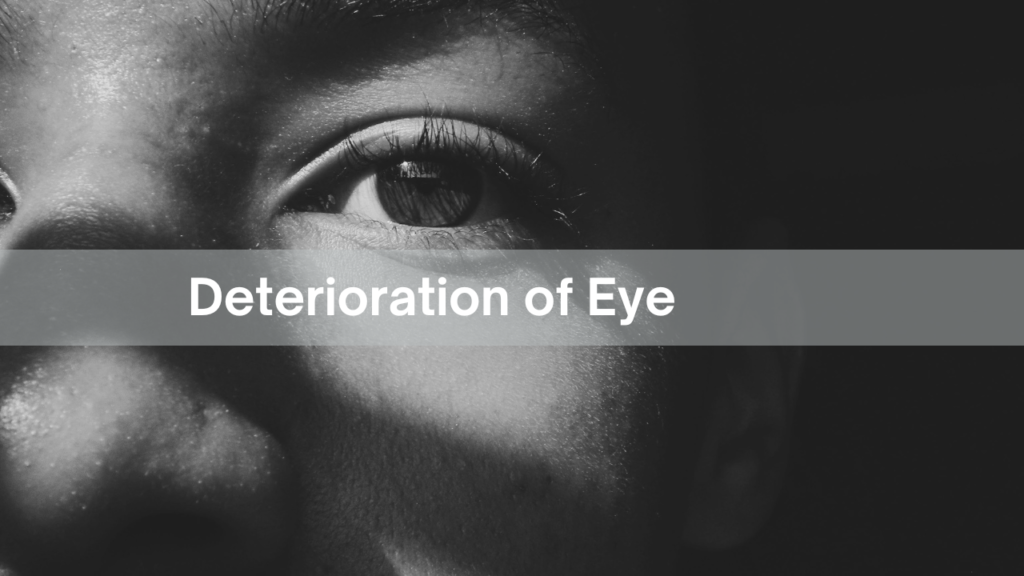
Substance abuse often brings immediate and visible effects, but its long-term impacts on health can be more insidious. One such effect that is frequently overlooked is the deterioration of eye health. As individuals continue to misuse drugs or alcohol, the subtle damage inflicted on their vision can gradually become profound and, in many cases, irreversible. Understanding how substance abuse affects your eyes is crucial for recognizing the hidden costs of addiction and taking proactive steps to safeguard your vision.
Alcohol: More Than Just a Hangover
Alcohol consumption is widely recognized for its impact on the liver and brain, but its effects on the eyes are equally significant. Chronic alcohol abuse can lead to a range of visual disturbances, from temporary blurred vision to permanent damage. One of the primary ways alcohol affects the eyes is through its impact on the optic nerve. Prolonged alcohol use can cause optic neuropathy, a condition characterized by damage to the nerve that transmits visual information from the eye to the brain. This can result in vision loss and difficulty seeing clearly.
Furthermore, excessive alcohol intake is associated with a higher risk of developing cataracts, a condition where the lens of the eye becomes cloudy, obstructing vision. The antioxidants that protect the eyes from oxidative stress are diminished with chronic alcohol use, increasing the likelihood of cataract formation.
Drugs: A Spectrum of Eye Health Issues
Illicit drugs and prescription medication abuse can also have severe consequences for eye health. Stimulants like cocaine and methamphetamine can cause significant damage to the blood vessels in the eyes. Cocaine use, for instance, can lead to retinal damage and increase the risk of retinal detachment. The high blood pressure caused by stimulant use can exacerbate these issues, leading to more severe vision problems.
Opioids, on the other hand, are known for causing dry eyes and blurred vision. These drugs can disrupt the normal functioning of tear production, leading to dryness and discomfort. Chronic use can also increase the risk of developing more serious conditions such as uveitis, an inflammation of the middle layer of the eye that can result in pain, redness, and vision loss.
Prescription Medications: A Double-Edged Sword
Even medications prescribed for legitimate health conditions can impact eye health when misused. Steroids, for example, are often prescribed for inflammatory conditions but can lead to an increased risk of developing glaucoma, a serious condition characterized by high intraocular pressure that can damage the optic nerve. Misuse of steroids can accelerate this risk, leading to potential vision loss.
Additionally, some medications used to manage mental health conditions, such as certain antidepressants and antipsychotics, can cause side effects like blurred vision and difficulty focusing. Long-term use of these medications, particularly when not monitored by a healthcare provider, can contribute to chronic eye issues.
Protecting Your Vision
The hidden cost of substance abuse extends beyond the immediate health impacts, encompassing long-term consequences for vision. To protect your eye health, it’s essential to address substance abuse with professional help. Engaging in a comprehensive treatment program can help mitigate these effects and prevent further deterioration.
Regular eye examinations are also crucial. An eye care professional can monitor changes in vision and detect early signs of damage, allowing for timely intervention. Maintaining a healthy lifestyle, with proper nutrition and hydration, can further support eye health and help counteract some of the adverse effects caused by substance abuse.
In conclusion, while the effects of substance abuse on vision may not be immediately apparent, they can have serious and lasting consequences. By understanding these risks and taking proactive measures, individuals can work towards preserving their eye health and overall well-being.